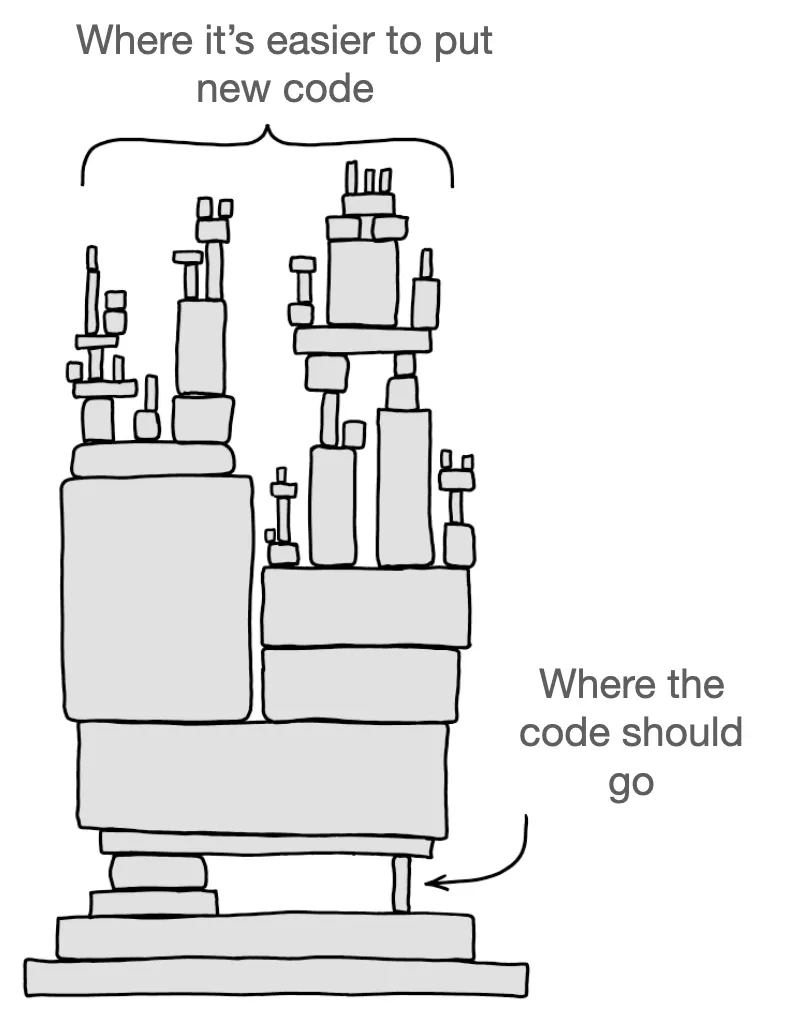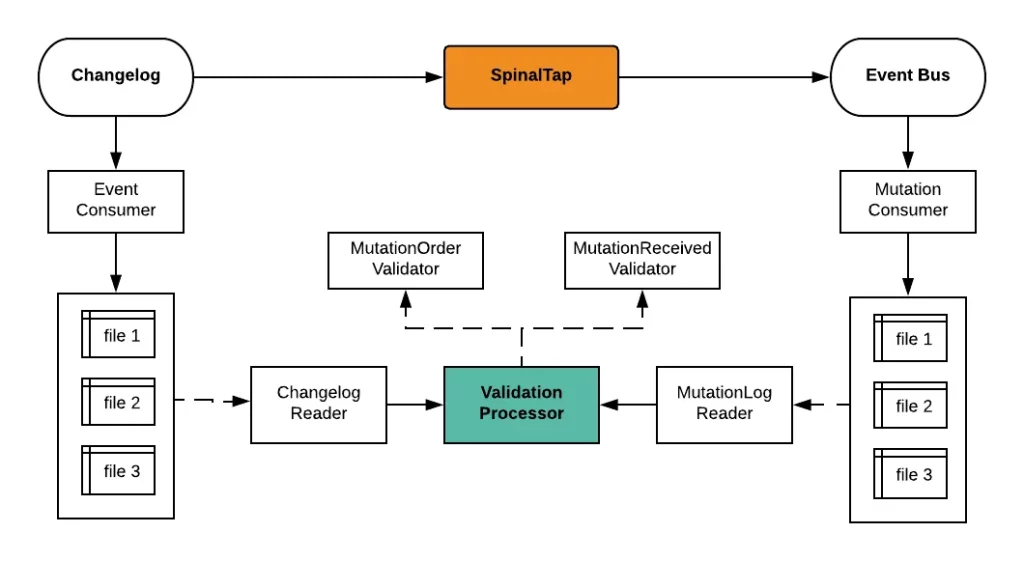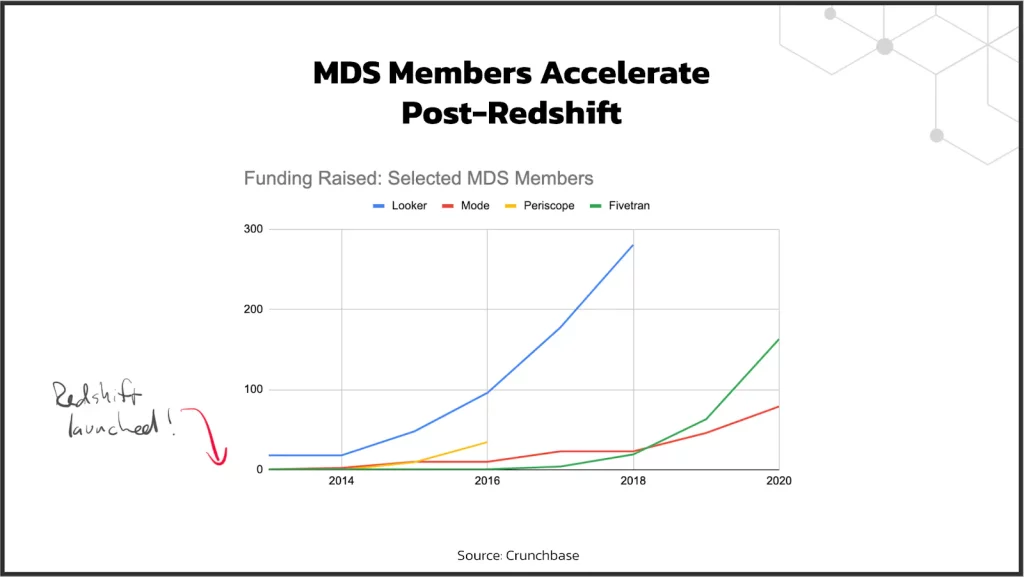
The Cost of Bad Data Practices
A recent report by commercial data and analytics firm Dun and Bradstreet reveals that businesses are missing out on revenue opportunities and losing customers due to ineffective data practices. The research, based on a survey of 510 business decision makers in the US and UK, highlights the significant impact of poor data management on various aspects of business operations.
Customer Retention and Acquisition
Nearly 20% of companies have lost a customer due to using incomplete or inaccurate information about them, while an additional 15% failed to sign a new contract with a customer for the same reason
These findings underscore the importance of maintaining accurate and comprehensive customer data to ensure customer satisfaction and retention.
Financial Forecasting and Credit Management
The report also found that nearly one-quarter of respondents had inaccurate financial forecasts, while 17% offered too much credit to a customer due to a lack of information, resulting in financial losses
Accurate data is crucial for making informed decisions and mitigating financial risks.
Compliance Challenges
The survey revealed stark discrepancies between the US and UK, with compliance being nearly twice as big a concern in the UK, likely due to the challenges of meeting the requirements of the General Data Protection Regulation (GDPR)
More than 10% of organizations reported being fined for data issues related to compliance
Barriers to Effective Data Utilization
The way data is structured appears to be a significant barrier at many organizations. Nearly half of the respondents (46%) said data is too siloed to make any sense of it
The biggest challenges to making use of data are protecting data privacy (34%), having accurate data (26%), and analyzing/processing data (24%)
The Need for Data Governance and Stewardship
The lack of structure in data management might reflect the fact that 41% of business leaders said no one in their organization is responsible for data management
The absence of ownership could also explain why more than half of the surveyed organizations have not had the budget needed to implement effective data management practices
Monica Richter, chief data officer at Dun and Bradstreet, emphasizes the importance of making data governance and stewardship a priority, stating that clean, defined data is key to the success of any program and essential for mitigating risk and growing the business

The Future of Data Management
The survey indicates a growing recognition that responsibility for data should be a priority for C-level executives
However, business leaders are divided as to who on the leadership team actually owns responsibility for data and how that might change in the future
All business leaders agreed that the CEO has ultimate responsibility for data, more so than even technology leaders such as the CTO or CIO
A majority of organizations acknowledged that data will be vital to their future success
However, fewer than one quarter of them said they have employees dedicated to data management or the right talent to implement effective data management practices
In conclusion, the report underscores the profound effect that poor data practices can have on business performance, emphasizing the urgent necessity for companies to prioritize data governance and stewardship. Neglecting these areas can lead to missed opportunities, inefficient processes, and heightened risks.
Data silos, where information is fragmented across different departments, often hinder collaboration and lead to inconsistent insights, making it difficult for businesses to make informed, data-driven decisions. Inaccuracies within data can distort key metrics, resulting in misguided strategies that affect revenue, customer satisfaction, and operational efficiency. Additionally, the lack of clear data ownership leaves companies vulnerable to regulatory non-compliance and cybersecurity risks.
By focusing on breaking down data silos, enhancing data accuracy, and establishing clear accountability, businesses can unlock new revenue streams through deeper insights into customer behavior, better anticipate market trends, and optimize operational processes. Furthermore, improving data governance ensures that the organization remains compliant with evolving data regulations, avoiding costly penalties and reputational damage.
Ultimately, companies that adopt robust data governance and stewardship practices are not only better positioned to enhance customer retention and satisfaction but are also more likely to drive innovation and maintain a competitive edge in an increasingly data-centric business environment.
Cyber Whale is a Moldovan agency specializing in building custom Business Intelligence (BI) systems that empower businesses with data-driven insights and strategic growth.
Let us help you with our BI systems, let us know at hello@cyberwhale.tech

















